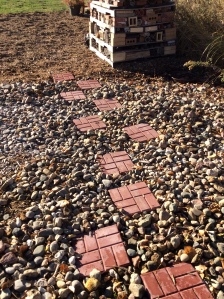Beautiful fall day in the Cherry Creek Pollinator Habitat! It is a perfect day to collect seeds from native plants. Our common milkweeds (Asclepias syriaca) are going to seed, so it is important to collect some before they all go poof in the wind. Cup plant (Silphium perfoliatum) and Partridge pea pods (Chamaecrista fasciculata) are also ready to be harvested. After collecting the seeds, you can replant them in a new location as soon as possible. They will germinate next spring. If you are saving the seeds, be sure to give them time to dry out completely before you store them. They will rot if not dried properly. Be sure to label the envelope or container you store them in. Consider sharing seeds with others and help promote native plants.
MJ Frogge

Common milkweed

Partridge pea

Cup plant

 Today I started flower and herb seeds under grow lights. Growing your own transplants is a great way to add annuals, perennials and herbs to your landscape for pollinators. I started basil, parsley, borage, salvia, tithonia and calendula.
Today I started flower and herb seeds under grow lights. Growing your own transplants is a great way to add annuals, perennials and herbs to your landscape for pollinators. I started basil, parsley, borage, salvia, tithonia and calendula.



